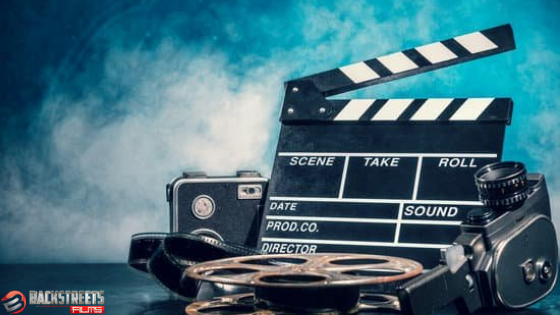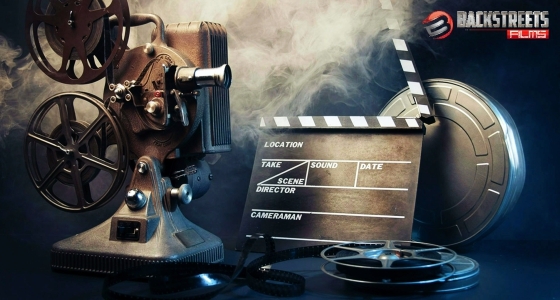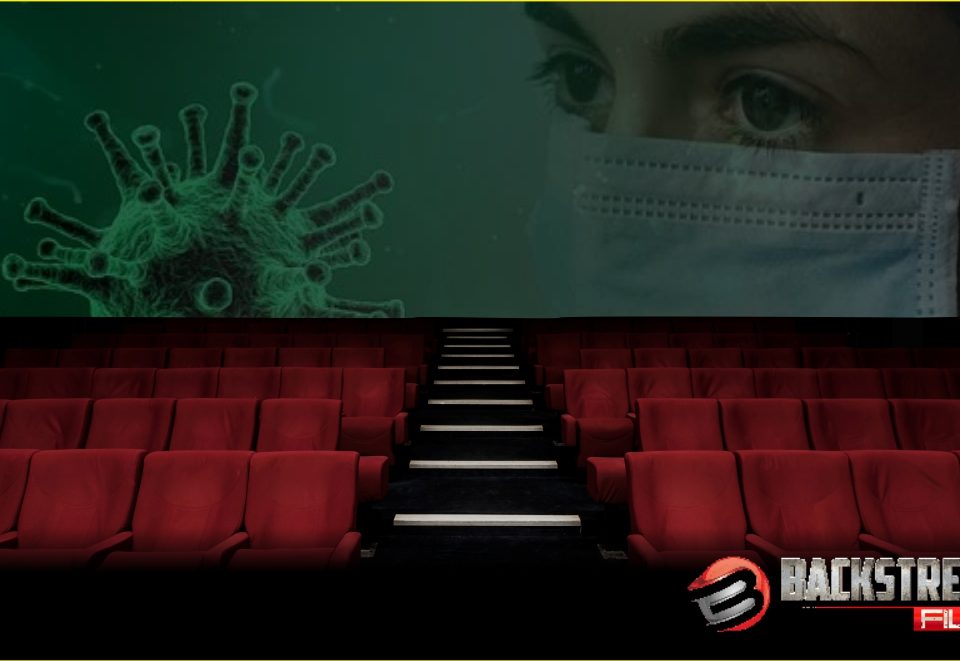- Monday – Saturday 9 AM – 7 PM
- 0172 4780245
- +919779922367
- info@backstreetsfilms.com
Why Colors Are Important in Film Making?

How Important Is Film Education for Film Making?
January 16, 2020
Cinematographers: The Top five in Indian film Industry
January 31, 2020- 2d animation course in Chandigarh
- 3d animation course in Chandigarh
- Abelton live course in Chandigarh
- animation course in Chandigarh
- cinematography
- film direction course in Chandigarh
- film making course in Chandigarh
- film making training in Chandigarh
- music direction course in Chandigarh
- music video shooting in Chandigarh
- sound editing course in Chandigarh
- video direction course in Chandigarh
- video editing in Chandigarh
- Video editing training in Chandigrarh
These days, the color becomes an integral part of the film, and it has incredible power. Colors have different meanings but depending on the context. You can use colors for mood and emotion, to tell the audience when the scene is set. Also, it provides information about various characters who involve in film. If you’re familiar with color theory and you have a design background, then many of the concepts in the video would be familiar. So, it is important to have a good understanding of the importance of color.
Moreover, lighting and color are part of the backbone of emotion. It has the amazing ability to grab the audience’s attention and control or influence emotion consciously. There are many ways to create symbolism in a film, but using different types of color schemes might be one of the most effective.
What’s more, color is the way to convey sadness, happiness, and fear which is very important in blockbuster movies. Before going to discuss which types of colors are applied in film, firstly we will know how the color palette is significant in film making:
Role of the color palette
The color palette is very crucial in films as it helps the director to enhance the emotional aspect of the film and helps viewers to respond to it. In the pre-production stage, Filmmakers decides the color palette with the help of production designer director and the art department. The role of a color palette starts from the visual interpretation of the script that makes the film real. So learn the basics of film making course in Chandigarh.
There are both positive and negative components of each color because every color plays a vital role in the film making industry. Here we’re going to discuss various colors which are used in the film to bring out emotions and feelings:
Orange color
Orange color, the color palette of many blockbuster films. It shows humor, energy, balance, warmth, enthusiasm, vibrant, expansive, and also it can record a sense of warning and caution.
Red color
No doubt red color is one of the most powerful colors to use on-screen. The meaning and objective of this color may vary and depend on the context of the film. And also shows aggression, violence, and anger.
Yellow color
The yellow color is as diverse as many other colors. It demonstrates the feelings of happiness and relaxation as well as the feeling of jealousy. Besides, this color conveys a sense of danger and judgment.
Green color
Green color has the power to breathe new life into characters and audiences; it also has healing, soothing, perseverance, tenacity, self-awareness, proud, unchanging nature, environment, healthy, good luck, and renewal qualities.
Blue color
Blue, most often connected with positive thoughts and purity. It demonstrates the faith, spirituality, contentment, loyalty, fulfillment peace, tranquility, calm, stability, harmony, unity, trust, truth, confidence, conservatism, security.
Black color
Black demonstrates power, sexuality, sophistication, formality, elegance, wealth, mystery, fear, anonymity, unhappiness, depth, style, evil, sadness, remorse, anger.
White color
White color show protection, love, reverence, purity, simplicity, cleanliness, peace, humility, precision, innocence, youth, birth, winter, snow, good, sterility, marriage (Western cultures), death (Eastern cultures).
Purple and violet color
Purple and violet color is often associated with ambiguity, extravagant, royalty, nobility, spirituality, ceremony, mystery, transformation, wisdom, enlightenment, cruelty, arrogance, mourning, power, sensitivity, intimacy.
To wrap it up: We hope the above information will help you to know why filmmakers use colors in blockbuster movies. Most of the aspirants willing to be independent filmmakers may join the course. If you also are looking for the best institute for learning film making, film making course in Chandigarh would be the best option. Here you can learn your desirable course with new technology at a reasonable cost.




